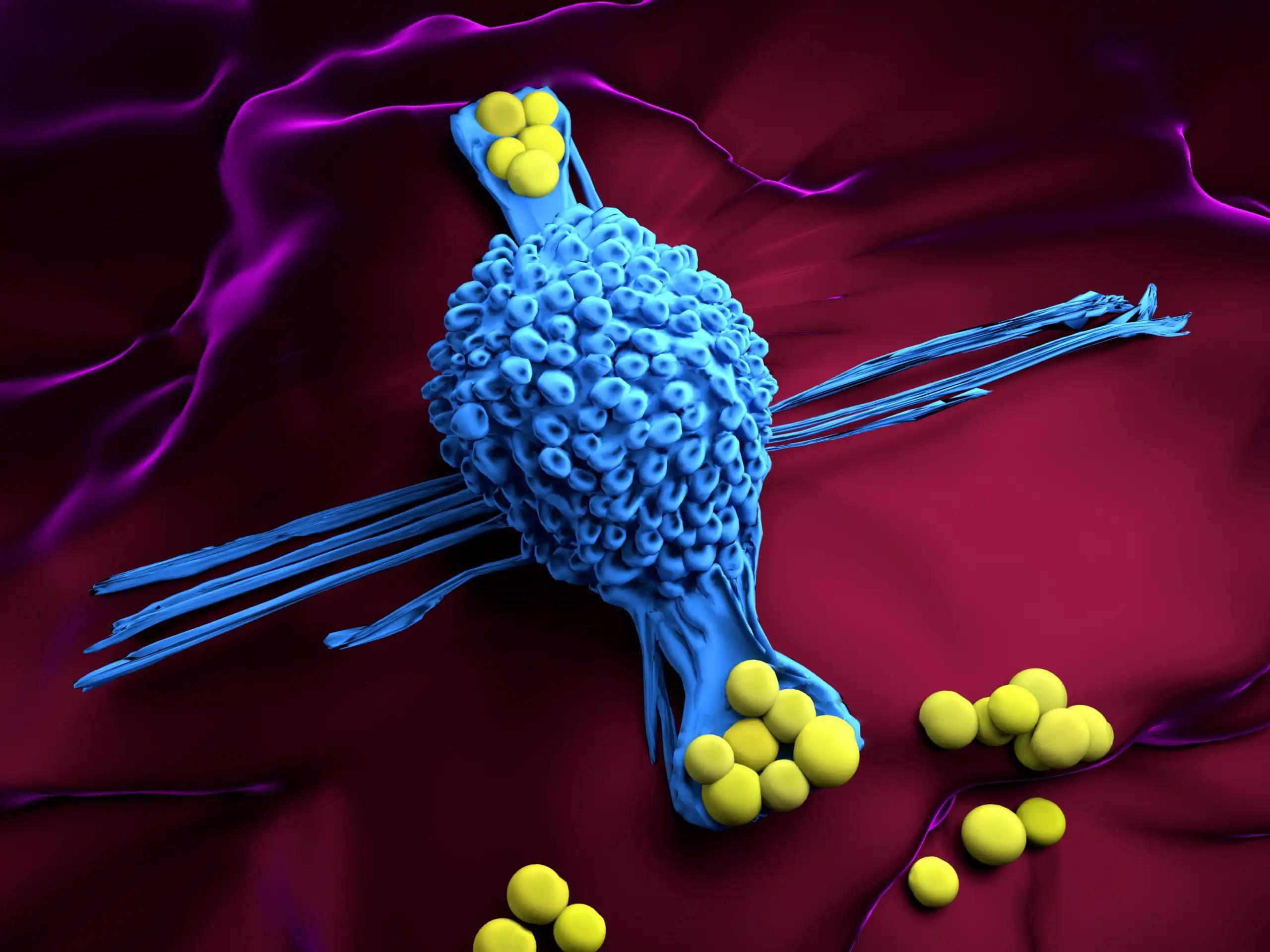KEY TAKEAWAYS
- The study aimed to investigate the predictive efficacy of a combined radiomics and clinical features model in determining the prognosis of pts with LS-SCLC.
- Researchers concluded that integrating RadScore with clinical factors significantly enhances prognosis prediction in LS-SCLC.
The prognosis of small cell lung cancer (SCLC) is characterized by poor outcomes and considerable challenges in prediction.
Jiehan Wu and the team aimed to investigate the potential of a predictive model incorporating radiomics and clinical features to discern the prognosis of patients (pts) specifically diagnosed with limited-stage small cell lung cancer (LS-SCLC).
They performed an inclusive analysis, retrospectively collecting simulated positioning CT images and clinical data from 200 pts diagnosed with LS-SCLC between 2013 and 2021. The dataset was randomly divided into training (n = 140) and testing (n = 60) groups. Radiomics features were extracted from the simulated CT images, and feature selection involved the t-test and the least absolute shrinkage and selection operator (LASSO) to identify pertinent radiomic features.
A radiomic score (RadScore) was derived based on the filtered radiomics features. Clinical factors were examined using the Kaplan-Meier method. The Cox proportional hazards model was employed to analyze potential prognostic features, leading to the development of three models: a radiomic model, a clinical model, and a combined model integrating clinical factors and RadScore.
Models with an area under the receiver operating characteristic curve (AUC) exceeding 0.7 in both the training and test groups were considered to assess prognostic predictive value. Subsequently, nomograms were constructed for qualifying models. The overall performance of the three models was evaluated through AUC metrics and Kaplan-Meier analysis, providing a comprehensive understanding of their predictive capabilities in the context of LS-SCLC prognosis.
About 1037 features were extracted from contrast-enhanced chest CT images, simulating positioning for patients diagnosed with LS-SCLC. The combined model demonstrated superior predictive performance, outperforming both the radiomic and clinical models. For overall survival (OS), the combined model incorporated 4 clinical features and RadScore, achieving AUCs of 0.71 and 0.70 in the training and test groups, respectively. The combined model for progression-free survival (PFS) also included 4 clinical features and RadScore, with AUCs of 0.72 and 0.71 in the training and test groups, respectively.
In the OS combined model, the independent variables included T stages, ProGRP, and smoke status. For PFS, the independent factors were T stages, ProGRP, and prophylactic cranial irradiation (PCI). A statistically significant difference was observed between low- and high-risk groups in both the OS (training group, P < 0.0001; testing group, P= 0.0269) and PFS (training group, P < 0.0001; testing group, P < 0.0001) combined models.
The study concluded that combined models incorporating RadScore and clinical factors exhibit a superior ability to predict prognosis in LS-SCLC compared to individual radiomics and clinical models.
The study is sponsored by Natural Science Foundation of Xinjiang Uygur Autonomous and Tianjin Key Medical Discipline
Source: https://pubmed.ncbi.nlm.nih.gov/38310283/
Wu J, Zhou Y, Xu C, et al.” Effectiveness of CT radiomic features combined with clinical factors in predicting prognosis in patients with limited-stage small cell lung cancer. BMC Cancer. 2024 Feb 3;24(1):170. doi: 10.1186/s12885-024-11862-1. PMID: 38310283.



